
Renovations are stressful; there’s a reason why I call renovations “divorce dust.” And those stress levels can run extra high if the work being done on your home is dangerous to your health or the health of your family. Renos can uncover a lot of unhealthy issues with your home, especially if you live in an older home. This is one of the reasons why I recommend homeowners move out when work is being done. Plan ahead and keep your family safe from renovations that are the most dangerous to your health.
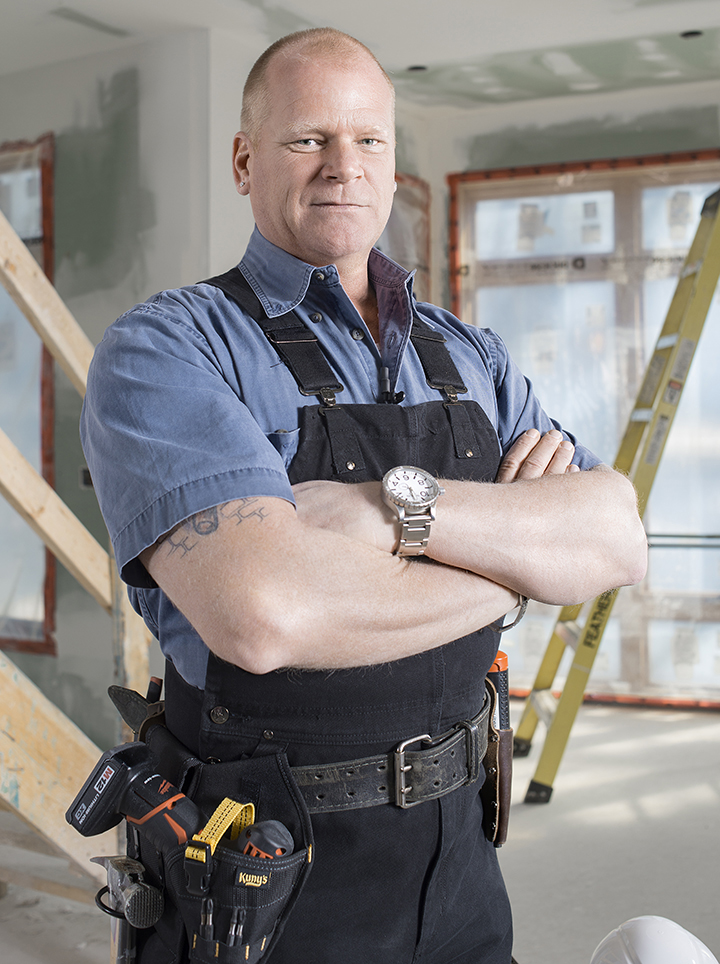
- Lead in Water
Lead was commonly used in plumbing supply lines in homes built before 1950. And up until 1990, lead was still being used in the solder to connect copper pipes. Plumbing parts, including fixtures, fittings, faucets, valves, and even some bronze fixtures, can contain traces of lead. When water passes through these components, traces of lead can be picked up and could end up in your drinking water.
Related: The Biggest Renovation Mistakes People Make, According to Mike Holmes
According to Health Canada, the maximum amount of lead that a sample of free-flowing water can have is 10 ppb (parts per billion). Anything beyond that can cause serious health issues, like cardiovascular problems, damage to kidney function and reproductive organs, and damage to your nervous system. Infants, children and pregnant women are more at risk since lead is more easily absorbed into growing bodies.
Contact your municipality to have your water tested. If you do have lead piping, the municipality is responsible for the pipes leading up the property line, but you’re responsible for the pipes on your property. Replacing them in your home can be very costly and most homeowners simply cannot afford it. So what can you do in the meantime? Run the water for at least five minutes to remove any stale water that’s been sitting in the pipes. Have water filters installed directly to your drinking water lines to help filter the lead, or replace your faucets with ones that have built-in filters. These are good affordable options that can help protect you and your family until you can afford a more permanent solution.
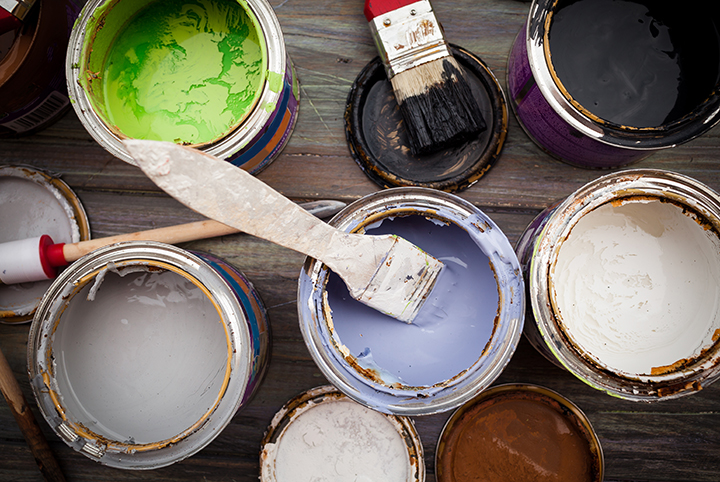
- Lead in Paint
If your home has paint in it from the 1970s or before, there’s a good chance it has lead in it. Paint that contains lead, if disturbed, can release dust particles into your home. Once those dust particles are in the air, they can be easily inhaled, or find their way into carpet fibers and other fabrics. If you suspect that there’s lead-based paint in your home, you can purchase a test kit; they’re available at most home improvement stores. If you find that the paint in your home contains lead, do not disturb it. Call a professional to do the job right. They’ll either prime, paint and seal over the lead-based paint, or remove it altogether while sealing the area to reduce any risk of the particles becoming airborne, and only while wearing protective gear. You and your family should remain out of the home until work is complete.
Related: 10 Jobs That Always Require a Professional, According to Mike Holmes
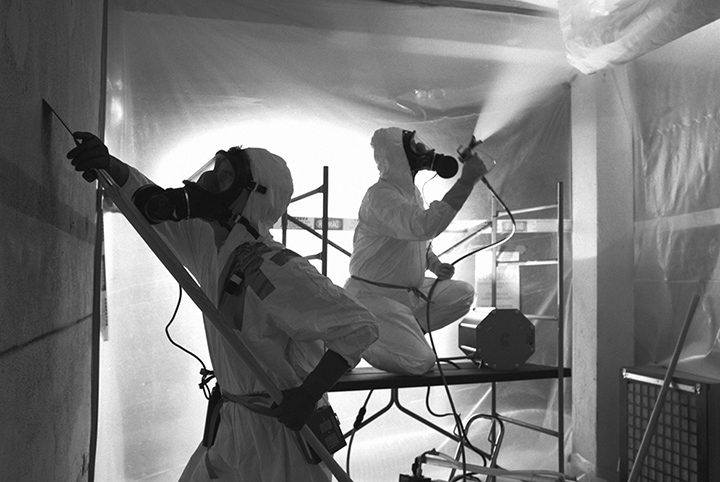
- Asbestos
Asbestos is a generic term used to describe a number of different mineral fibres. These fibres were widely used in building materials until the mid 80’s because of their strength, durability and resistance to fire. Until its ban, asbestos was used in insulation around pipes and water tanks, roofing compounds, shingles, caulking adhesives, sealants, drywall compounds, vinyl tiles, and even some electrical parts. If you suspect there are areas of your home that contains asbestos, the worst thing you can do is to start ripping out the affected materials or products. Disturbing asbestos is what makes it dangerous. Like lead-based paint, once the fibres are disturbed, they become airborne, and that’s where the health risk is.
If the material that contains asbestos is in good condition, it might not need to be removed. It should be closely monitored for signs of deterioration. If the materials do need to be removed, leave it to the professionals. Just like these other home projects, removing asbestos is not a DIY job. Hire a qualified professional to do the job right and take the necessary safety precautions. An asbestos abatement company should know how to properly handle potentially hazardous material, which should include proper clean-up and safe disposal of materials.
Related: Is Your Home’s Air Healthy? Here’s How to Check
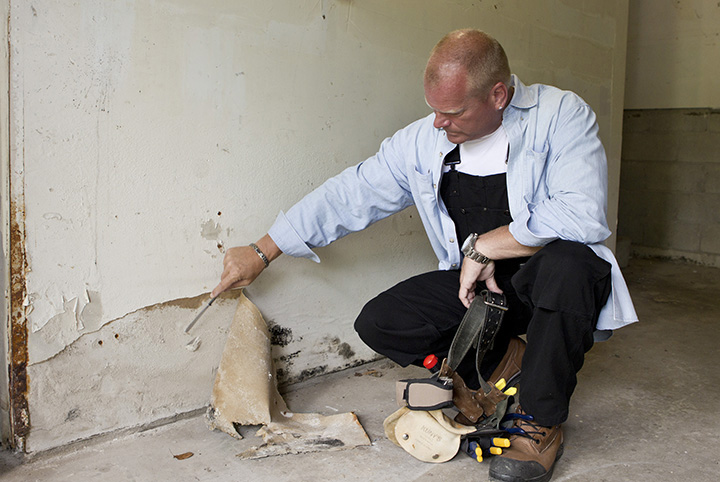
- Mould
Mould can thrive in the right conditions. As long as there’s air, moisture and a source of organic matter – wood, paper, grout, fabric and drywall – there’s the potential for mould growth. Mould can cause various respiratory issues like asthma, bronchitis or allergies. Some people also experience rashes or eczema if mould comes in contact with their skin. Because it can cause serious health issues, it’s important that mould is dealt with properly. If the affected area is small enough, you can probably tackle it on your own with the proper protective gear and cleaning products. There are products on the market that will remove and kill mould. Before you start with the clean-up, make sure you have a respirator, safety goggles, rubber gloves, and disposable protective clothing. If the affected area exceeds an area of 10 square feet, it’s time to call in a professional mould remediation company to get the job done right. The pros will contain the mould spores to prevent cross-contamination, protect any spores from entering your HVAC system, and safely dispose of any major mould-ridden objects.
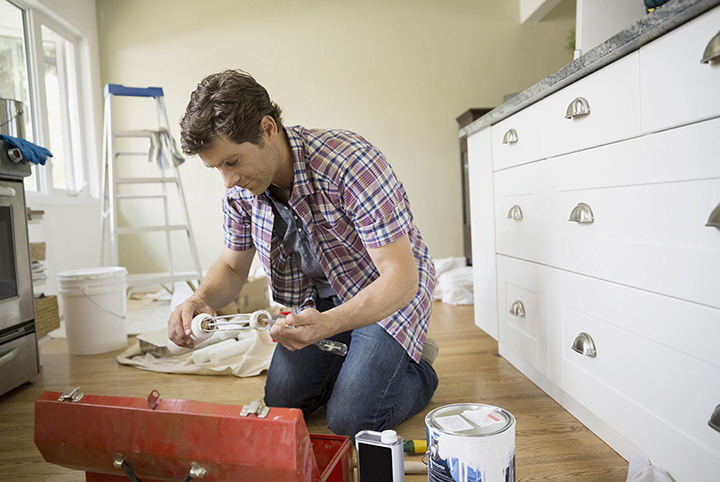
- VOCs and Formaldehyde
Volatile Organic Compounds, or VOCs, and formaldehyde are a chemical or chemical byproduct that can be found in many building supplies and products. Paint, surface adhesives and wood stains all contain VOCs and formaldehyde. You know that smell when you walk into a new home or freshly renovated space? That’s the smell of VOCs and formaldehyde. Exposure to high levels of VOCs can cause headaches, dizziness, breathing problems, and irritation to the eyes, nose and throat. Formaldehyde is a known carcinogen when someone is exposed to high levels.
What can you do to prevent a health risk? Look for products that have low or zero VOCs. Glass, ceramic tile, stone and other hard inert products don’t contain any VOCs. Go for Green Seal (GS) standard products, including paints and rubbers, as a safer solution. For flooring, choose hardwood over vinyl, or natural carpet instead of synthetic. And if possible, go with custom wood cabinetry with a low or zero VOC finish. Make sure that the space being renovated is well ventilated at all times by opening windows or running exhaust fans and ensure your HRV or ERV system is balanced and working properly. This will help to circulate some fresh air through the space, reducing the health risk associated with off-gassing.
Images courtesy of The Holmes Group and Getty Images
HGTV your inbox.
By clicking "SIGN UP” you agree to receive emails from HGTV and accept Corus' Terms of Use and Corus' Privacy Policy.



